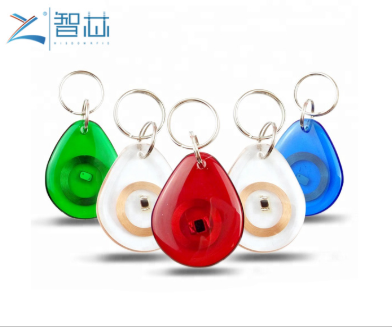Company News
Mar. 07, 2019
NFC Tag Encoding are passive, which means they don't have any power. Instead, due to magnetic induction, they extract energy from the devices that read them. When the reader is close enough to the tag, it activates it and transmits data from that tag. You can read more about magnetic induction in how wireless power works.
There are four types of Low Frequency RFID Sticker Tag, type 1 to type 4, all with different capacities and data transfer speeds. Type 1 tags typically store 96 bytes and operate at 106 Kbps (kilobits per second); type 4, maximum and fastest, stores up to 32 KB and operates at speeds up to 424 Kbps. Anyone can purchase a blank NFC tag and then write the customized data to it. Type 1 and Type 2 tags can be written multiple times. These tags can also be permanently locked or encrypted so that no one can manipulate the data. Type 3 and Type 4 tags can only be written once, such as CDs or DVDs, and they lack the security of Type 1 and Type 2.
Tags with higher memory and larger antennas are larger in physical size. Typically, label sizes range from one centimeter or two inches to a few inches.
Memory capacity and speed determine costs, which is a critical consideration for companies that want to spread information widely through smart posters or flyers. Now, the cost of the label is about 30 cents each, but the price should continue to drop until only a few pennies [source: NFC rumors], allowing them to spread quickly in countless places and things.
Soon, NFC tags can be seen almost everywhere, allowing you to swim in the new digital world. If you want to learn more about the new NFC world order, check out how proximity communication works. You'll be better prepared to deal with the impact of the NFC-enabled community and be ready to use NFC smartphones.

Copyright © Shenzhen Zhixin RFID Tag Co., LTD All Rights Reserved | Sitemap Technical Support: